Encendemos la calefacción, la chimenea o un hornillo y sentimos el comienzo de una lucha sorda que emite sus propias señales en forma de humo o vapor exhalado, en la que el frío tiene siempre las de ganar. A la humanidad esta perpetua confrontación le salió siempre cara, ya fuera en términos de dinero o de salud. Repetida cada invierno, comienza en la epidermis y pasa al vestido y a la arquitectura en una cadena que, a lo largo de la historia del hombre, nunca ha manifestado una frontera clara, salvo para los quisquillosos tratadistas de la moda y de la arquitectura, tendentes a marcar fronteras rectas y artificiales como las fabricadas por el colonialismo en el siglo XIX.
El frío se puede medir de muchos modos, y no me refiero solo a los grados Celsius o Fahrenheit. No es exclusivamente una cuestión de pura física, sino que atañe a la cultura y a la vista. En arquitectura existen coeficientes que se relacionan con ese intercambio de temperatura y que son muy queridos por el gremio que pronuncia su nombre —coeficiente de transmitancia— como el que habla de ciencia aeroespacial. Sin embargo, a duras penas ese coeficiente, expresado en vatios por metro cuadrado y grado, ofrece una forma satisfactoria para la arquitectura, sino más bien el miedo a que su superficie sea o no permeable a lo que pasa fuera.
La arquitectura popular, ella sola, dio siempre una buena respuesta al problema de la forma en relación a cómo se exponía al frío exterior. Con todo, hoy la batalla contra el frío (e igualmente puede decirse de la batalla contra el calor) se libra más allá del campo de la termodinámica, la física y la pura economía, ya que se sitúa en el centro de lo energético y de nuestro derecho, o no, moral y social, de gastar recursos para estar a gustito en nuestros salones mientras fuera los carámbanos enseñan sus dientes como lobos hambrientos.
La temperatura, esos pocos grados de más o de menos, marcan la ética de una sociedad tanto como la atención sanitaria o la educación. Nuestro comportamiento con el frío (o el calor, que, llegados a un punto, tanto da) resulta un excelente termómetro para medir las desigualdades y hasta el compromiso de una civilización con esa, en ocasiones destemplada, casa que es el mundo.
We light the heating, the fireplace, or a small burner and feel the start of a muffled struggle that sends out its own signals in the form of smoke or breath vapor, where cold always has the upper hand. Humanity has always paid dearly for this perpetual confrontation, whether in terms of money or health. Repeated each winter, it begins at the skin and moves on to clothing and architecture in a chain that, throughout human history, has never shown a clear boundary—except to the fussy scholars of fashion and architecture, who tend to draw straight, artificial lines like those carved out by colonialism in the 19th century.
Cold can be measured in many ways, and I don’t just mean in Celsius or Fahrenheit. It’s not merely a matter of pure physics but something that touches on culture and perception. In architecture, there are coefficients that deal with this exchange of temperature, cherished by the trade as they pronounce their names—transmittance coefficient—like someone speaking of aerospace science. Yet, that coefficient, expressed in watts per square meter and degree, hardly offers a satisfying solution for architecture. It’s more like a fear of whether the surface is permeable to whatever is happening outside.
Popular architecture, on its own, always gave a good answer to the problem of form in relation to how it exposed itself to the external cold. Yet today, the battle against cold (and the same could be said of the battle against heat) is fought beyond the realms of thermodynamics, physics, and sheer economics, as it sits at the heart of energy concerns and our moral and social right—or lack thereof—to spend resources just to be comfortable in our living rooms while outside, icicles bare their teeth like hungry wolves.
Temperature, those few extra or missing degrees, defines the ethics of a society as much as healthcare or education. Our attitude towards cold (or heat, which, at a certain point, makes no difference) is an excellent thermometer to measure inequalities and even the commitment of a civilization to that often drafty house we call the world.




















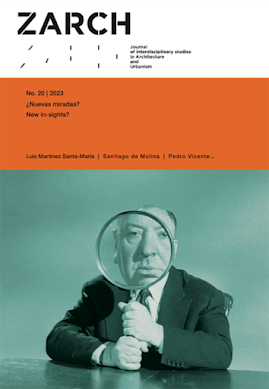
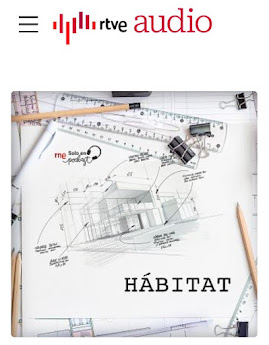
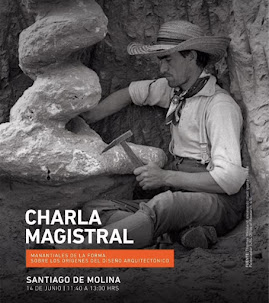
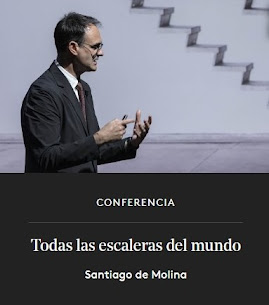
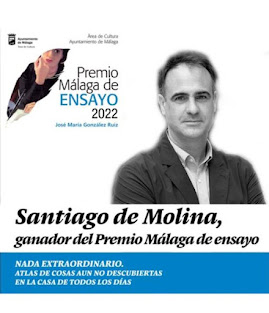


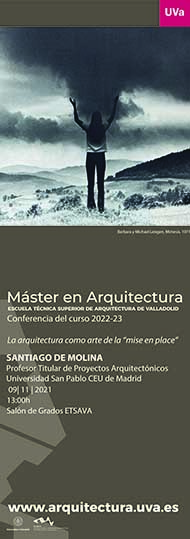
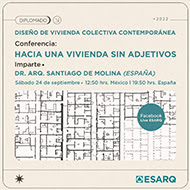
























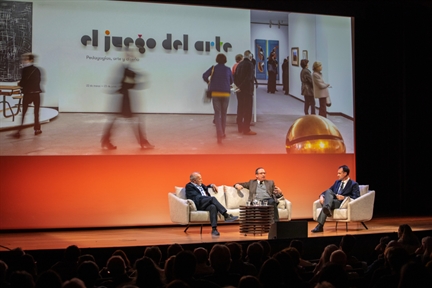




















































No hay comentarios:
Publicar un comentario